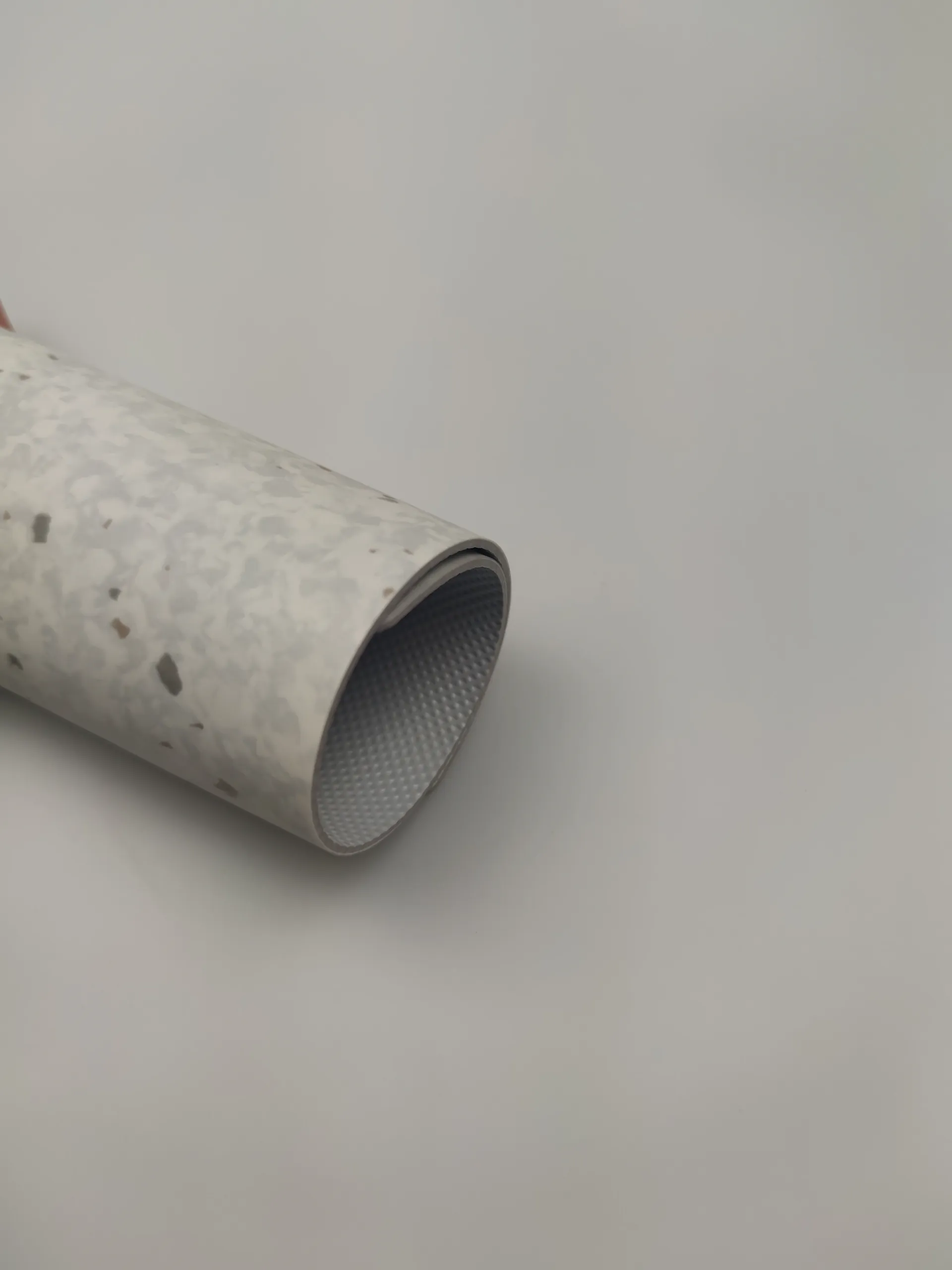enlio how to clean a commercial kitchen floor
How to Clean a Commercial Kitchen Floor A Comprehensive Guide
Cleaning a commercial kitchen floor is no small task. A clean kitchen floor is crucial not only for maintaining a safe and hygienic work environment but also for complying with health regulations. This article will provide a step-by-step guide on how to effectively clean and maintain a commercial kitchen floor.
1. Gather Your Cleaning Supplies
Before starting, ensure you have all necessary supplies on hand. This typically includes
- A broom and dustpan or vacuum cleaner - A mop and bucket - Commercial-grade floor cleaner or degreaser - Scrub brush for stubborn stains - Disposable gloves - Wet floor signs for safety - Microfiber cloths for drying
2. Prepare the Area
Begin by removing any movable items from the kitchen floor, including tables, chairs, and equipment. This will allow you to access the entire floor surface. It’s also essential to ensure that any spills or food debris are cleared away to prevent further mess during your cleaning process.
3. Sweep or Vacuum the Floor
Once the area is decluttered, use a broom to sweep up food particles, dust, and debris. Alternatively, a commercial-grade vacuum cleaner can be used for efficient cleaning. Pay special attention to corners and edges where dirt tends to accumulate.
4. Apply Cleaner
After sweeping, it’s time to mop the floor. Depending on the type of flooring in your kitchen (tile, concrete, or vinyl), choose an appropriate cleaner or degreaser. For greasy kitchen floors, a commercial-grade degreaser works best. Dilute the cleaner with water as per the manufacturer’s instructions and pour it into your mop bucket.
enlio how to clean a commercial kitchen floor

5. Mop the Floor
Using a mop, start cleaning the floor in sections. Be sure to work from the farthest corner of the kitchen toward the exit so that you don’t walk on freshly cleaned areas. Mop in a figure-eight motion to ensure you cover the entire surface area effectively. For tough stains or grease buildup, use a scrub brush to gently scrub the area.
6. Rinse the Floor
After mopping with the cleaning solution, rinse the mop in clean water and mop the floor again to remove any residue. It's important to ensure all cleaning chemicals are thoroughly rinsed off to prevent any slippery surfaces after drying.
7. Dry the Floor
Allow the floor to air dry. If necessary, use microfiber cloths to wipe down high-risk areas where water tends to pool. Placing wet floor signs can help prevent slips and falls while the floor dries.
8. Regular Maintenance
To keep the kitchen floor consistently clean, establish a regular cleaning schedule. Daily sweeping, spot cleaning spills immediately, and weekly deep cleans will help maintain sanitation standards.
9. Ensure Compliance
Regularly check to ensure that your cleaning methods comply with local health and safety regulations. Keeping records of your cleaning schedule can also help demonstrate compliance during inspections.
In conclusion, maintaining a clean commercial kitchen floor is vital for both hygiene and safety. By following these steps and establishing a regular cleaning routine, kitchen staff can ensure a healthy workspace that meets industry standards, reducing the risk of contamination and accidents. Remember, a clean kitchen promotes better food safety and contributes to the overall efficiency of the kitchen operations.
-
Waterproof Advantages of SPC Flooring Vinyl in KitchensAug.06,2025
-
SPC Hybrid Waterproof Flooring Thickness GuideAug.06,2025
-
Leveling Subfloor Before My Floor SPC InstallAug.06,2025
-
How Mesh Deck Skirting Improves Outdoor Pest ControlAug.06,2025
-
Choosing the Right Commercial Flooring for Your Business NeedsAug.06,2025
-
Choosing the Best Residential Flooring: A Comprehensive Guide to Style, Durability, and ComfortAug.06,2025




